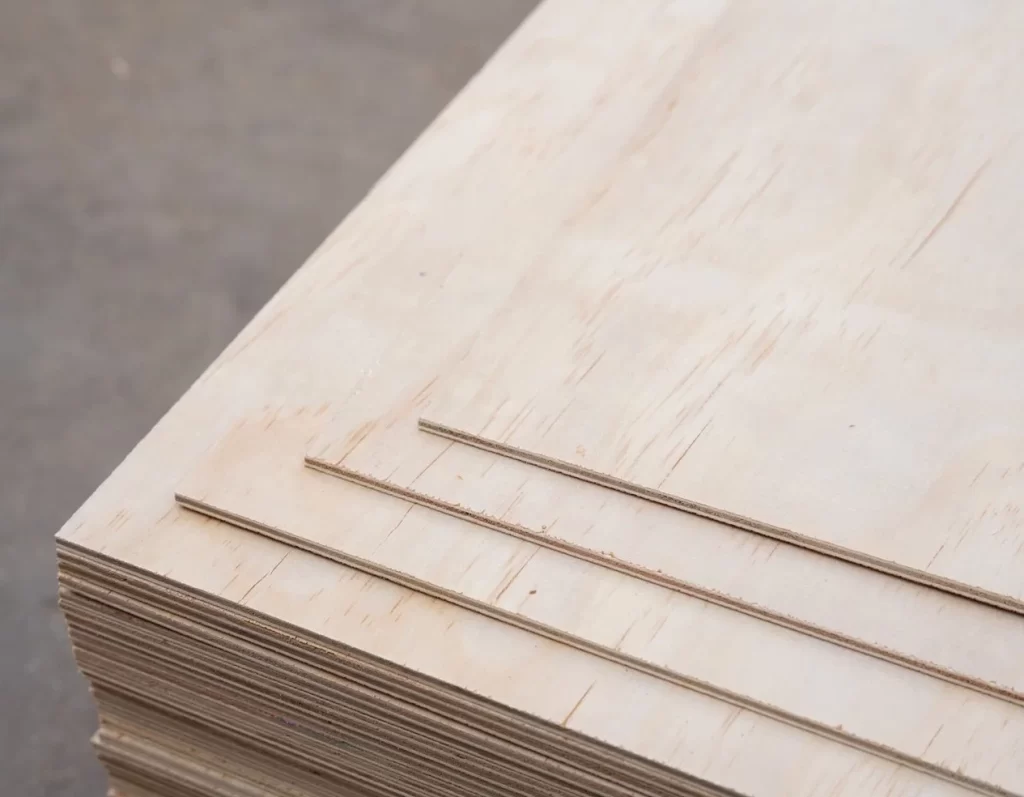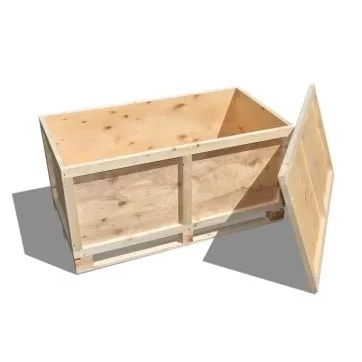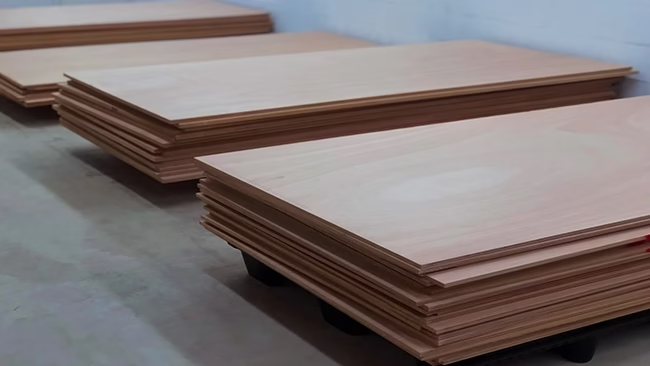Insight
Wooden packaging: environmental benefits, types, and applications
Wooden packaging has experienced a resurgence in popularity due to its sustainability and versatility. As consumers and businesses become increasingly conscious of their environmental impact, the use of wooden packaging is gaining traction.
Environmental Benefits
- Renewable Resource: Wood is a renewable resource that can be sustainably harvested and replanted.
- Carbon Storage: Trees absorb carbon dioxide during growth, and wood products can store this carbon for extended periods.
- Biodegradable: Wooden packaging decomposes naturally, leaving minimal environmental footprint.
- Recyclable: Wood can be recycled into various products, extending its lifespan.
- Reduced Reliance on Fossil Fuels: The production of wooden packaging often requires less energy compared to other materials, contributing to lower greenhouse gas emissions
Types of Wooden Packaging
- Wooden Pallets: The most common type, used for transporting and storing goods.
- Wooden Crates: Sturdy containers for protecting and transporting heavy or fragile items.
- Wooden Boxes: Versatile packaging for various products, from food to electronics.
- Wooden Drums: Ideal for storing and transporting liquids and powders.
- Wooden Kegs: Traditionally used for storing and transporting beverages, now also used for various products.
Applications of Wooden Packaging
- Food and Beverage Industry: Wooden packaging is used for transporting fruits, vegetables, wine, and other food products.
- Industrial Goods: Heavy machinery, automotive parts, and other industrial products are often packaged in wooden crates or pallets.
- Construction Materials: Wood is used for packaging construction materials such as bricks, tiles, and lumber.
- E-commerce: Wooden boxes and crates are becoming popular for shipping online orders, offering a sustainable alternative to cardboard.
- Weight: Wood packaging can be heavier than other materials, impacting transportation costs.
- Pest Control: Proper treatment is necessary to prevent pests like insects and mold.
- Cost: The initial cost of wood packaging might be higher compared to some alternatives.









